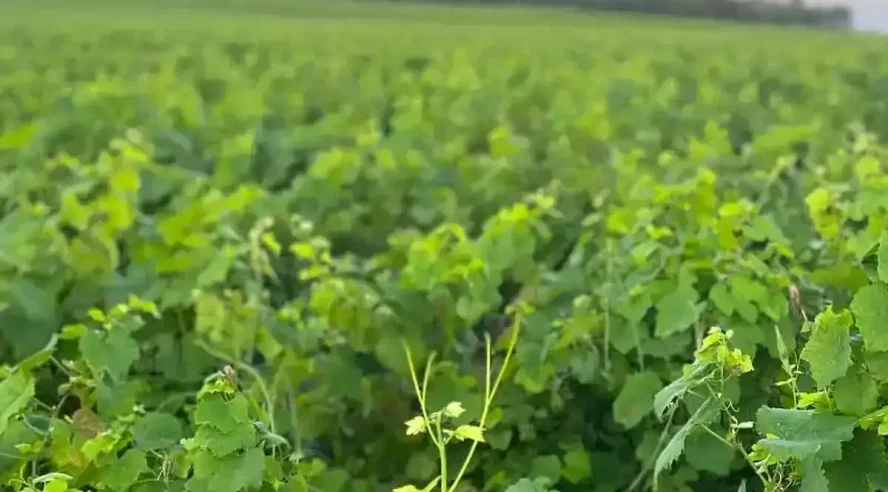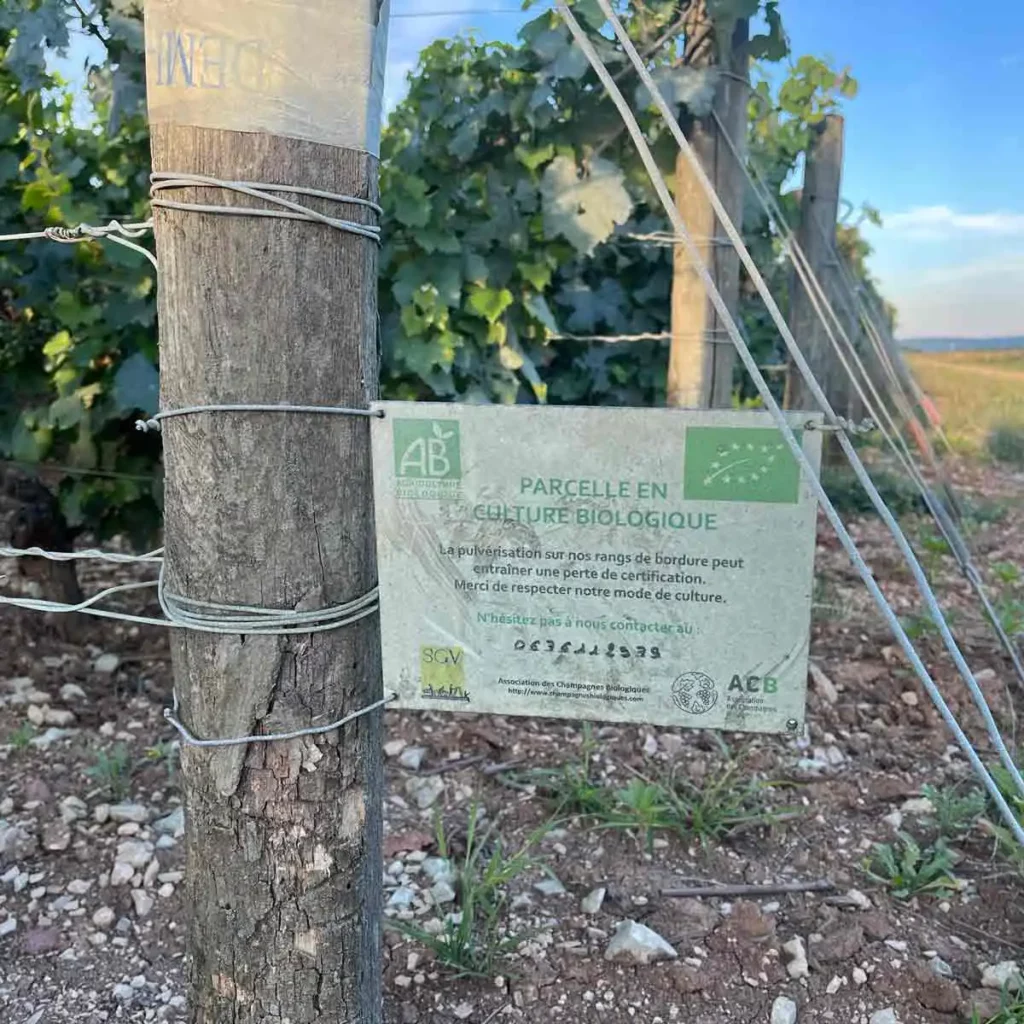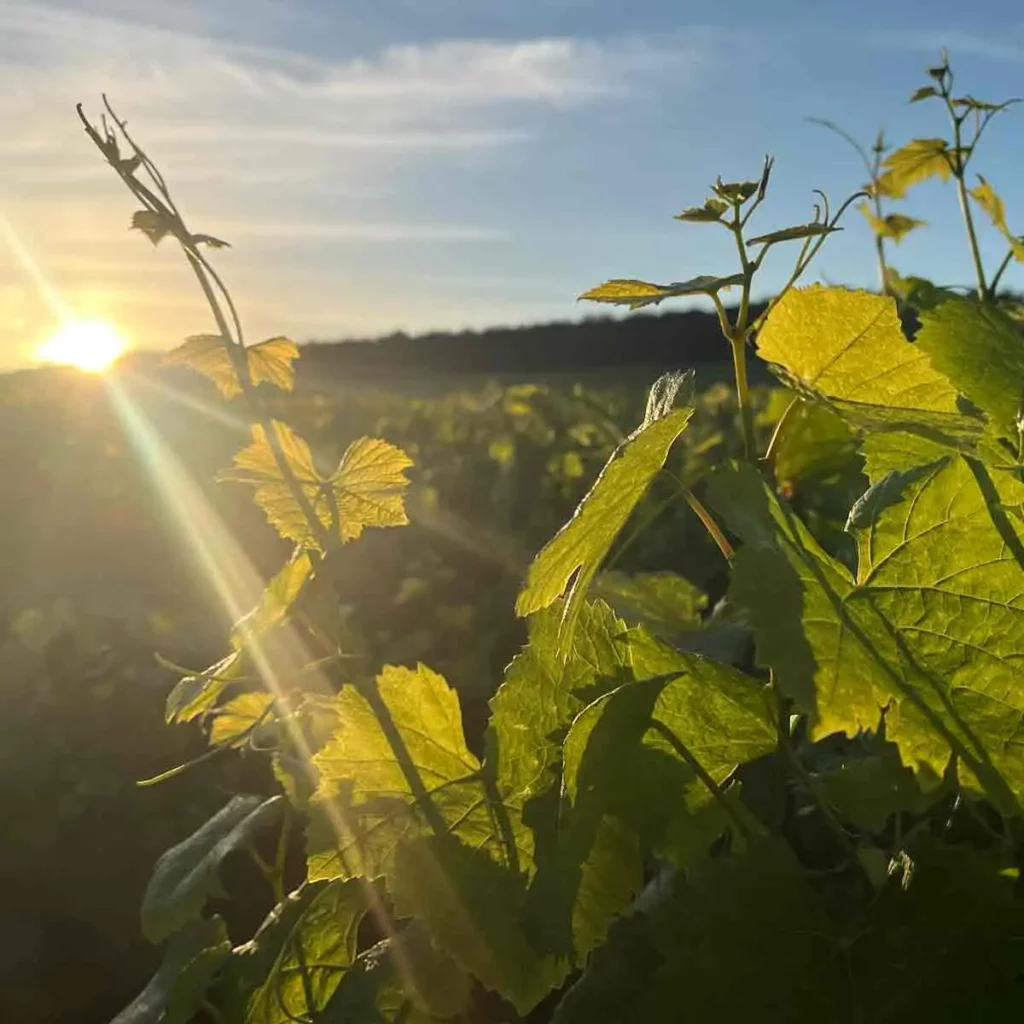
The challenge of sustainable development is universal, affecting all geographical and industrial scales. The Champagne industry has chosen to take up this challenge by making a massive commitment to an ambitious goal: to achieve 100% certification by 2030. Producing collectively with the greatest respect for the environment has become a duty for this renowned appellation d’origine contrôlée.
Champagne is home to 16,000 winegrowers, 140 cooperatives and 360 houses. All are feeling the effects of climate change. That’s why the Comité Interprofessionnel des Vignerons de Champagne (CIVC) has set an ambitious goal: to obtain certification for all players in the Champagne industry, also known as the Champagne company, by 2030.
While the industry supports the vineyard players in their approach, this commitment remains the choice of each individual. The aim is for each player to commit to an approach that matches his or her constraints, whether this involves Sustainable Viticulture in Champagne, High Environmental Value or Organic Farming. The idea is to be able to involve all stakeholders in creating impact.
Winegrowers, cooperatives and wineries join forces to achieve this common goal. The term ” collectivity ” reflects the interconnectedness and interdependence of the sector’s players. The certification percentage of the houses depends on the practices of the winemakers who supply them with grapes, while the winemakers benefit from the educational and financial requirements and support of the houses.

For example, the wineries set up awareness-raising and support programs to encourage winemakers to adopt sustainable practices. A premium is paid to winegrowers supplying certified grapes, encouraging them to be more responsible. At the same time, some independent winegrowers are experimenting with solutions on their own plots to meet environmental challenges.
The collective approach is justified by the intensive communication that enables knowledge to be shared between winegrowers. Everyone can share their experiences and the results obtained with different practices, encouraging the adoption of new methods. This communication also provides educational, financial and administrative support throughout the certification process.
Although this collective approach is mainly internal to the industry, it also has a significant external dimension. Some Champagne companies and the CIVC are working with external entities to adopt more eco-responsible practices, involving transport, bottle and carton suppliers, as well as universities and experts developing innovative solutions.
For example, the Mumm and Perrier-Jouët are official partners of TOWTthe leader in sailing cargo ships for maritime transport.
On the other hand, some associations for the protection of historical heritage operate in Champagne to preserve the region’s history, such as the conservation of Notre Dame des Vignes and the reconstruction of cabotes.

This collective approach adopted in Champagne clearly shows the way forward for a green and responsible future, aimed at preserving the Champagne heritage.
Sources: Flavie Mamin 2024 Master’s thesis and Comité Interprofessionnel des Vins de Champagne (CIVC).